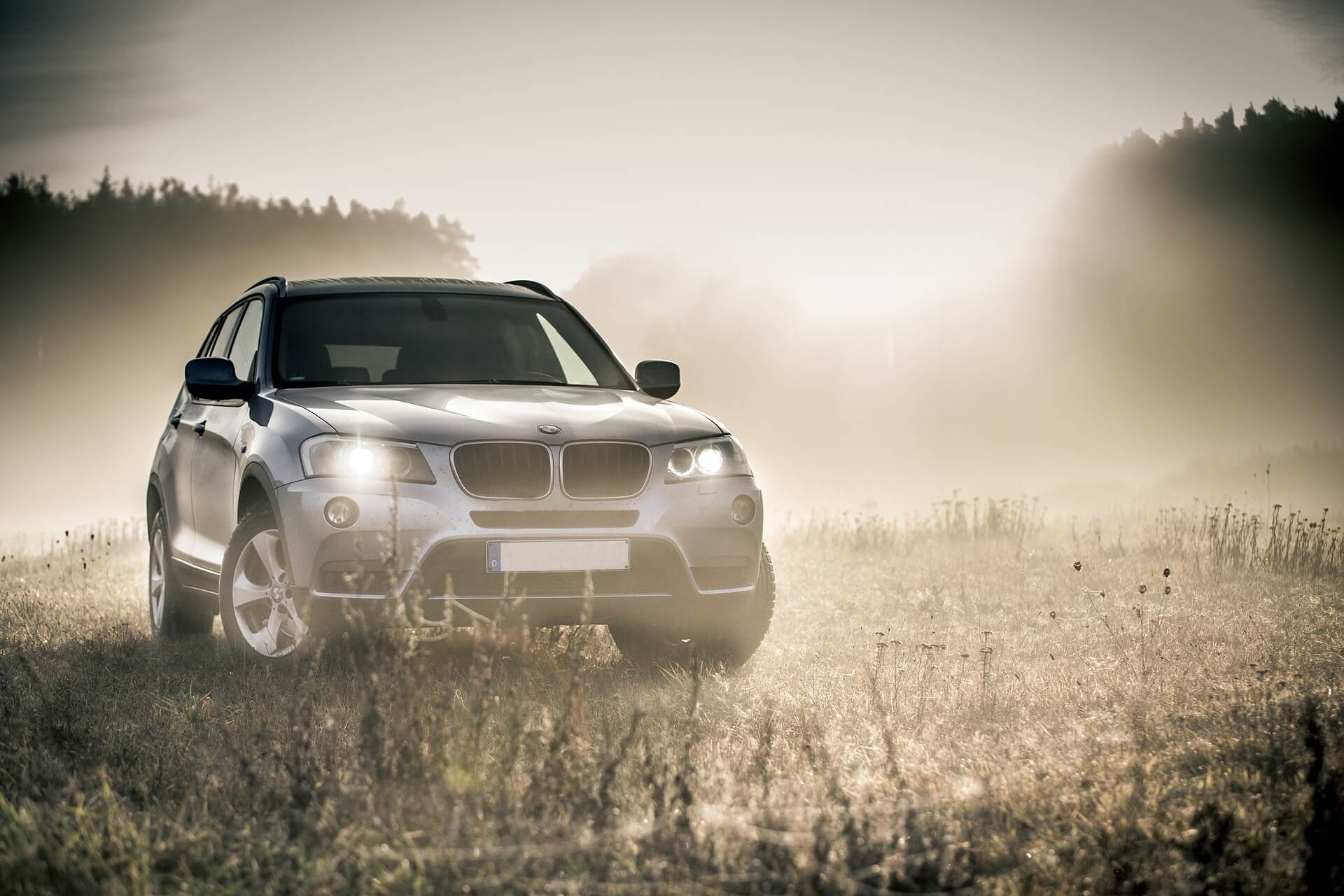Most SUV and Crossover Headlights Fail This New Test
When you are in the process of purchasing your next vehicle, there’s a good chance safety will be a top priority in your selection. Modern cars are safe. They have crash avoidance systems, blind spot monitoring, and some cars even have autonomous features. However, a recent study by the Insurance Institute of Highway Safety found that one of the oldest features of our cars could be making them unsafe.
Every street-legal car must have headlights. Headlights have been a part of passenger cars for more than a century, yet many manufacturers failed a recent headlight evaluation performed by the IIHS. Nearly 40 crossover vehicles were evaluated by the IIHS, yet only two completed the test with a passing score. This may seem odd to anyone with even a basic knowledge of the automotive industry due to the technology and advancements that have been made in headlight manufacturing over the years. For instance, many cars are now available with LED lights that burn brighter and use less energy than traditional bulbs. Other cars have lights that rotate with the car’s steering wheels. So, the news that so many vehicles didn’t pass the test is surprising, to say the least.
Why did so many vehicles fail?
The IIHS is known for their tough automotive tests. The organization also finds new ways to evaluate cars. The IIHS evaluated the headlights in the following manner:
During the Institute’s evaluations, engineers measure how far light is projected from a vehicle’s low beams and high beams as the vehicle travels straight and on curves. Glare from oncoming vehicles is also measured from low beams in each scenario to make sure it isn’t excessive.
The IIHS also stated that a car can be configured many different ways depending on trim level. Some may assume that a high-end model will perform better than its base counterpart, but that was not the case with the Kia Sorento. The high-end SXL trim of the Kia Sorento can be equipped with cure adaptive headlights. However, the IIHS found that the headlights failed to illuminate well on a straight stretch as well as left turns and gradual right turns. For instance, the Sorento’s low-beam headlights only illuminate a distance of 148 feet. In contrast, the Volvo XC 60, which was one of only two vehicles to pass this test, can illuminate 315 feet in the same scenario. The other vehicle that passed the test was the Hyundai Santa-Fe which, ironically, has the same parent company as the Sorento, and the two vehicles share a common platform.
Why is this important?
When you test-drove your last car, did you test it at night, or did you drive it during the day? Chances are you did the latter. Most consumers don’t test the headlights when purchasing a car. Did you know approximately half of all fatal accidents occur at night?
Keep the two cars mentioned above in mind for this scenario: the Volvo illuminates twice as far as the Kia. So, if you’re driving down the interstate at night, the Volvo will illuminate an object in the road 150 feet sooner than the Kia. So, let’s say you’re approaching a disabled car which has suddenly stopped. In the Volvo, you’ll have twice as much time to avoid the car than you would in the KIA. If you can see something sooner, you can stop sooner.
Car safety is very important. However, you cannot control what other motorists do. If you’ve been hurt in an accident, call our Car accident or Personal injury lawyers team to discuss your options. There is no upfront cost for our consultation. Our toll-free number is 1-877-526-3457. If you’d rather be called at a specific time, fill out this form so that a member of our team can call you at a time that’s best for you.
 Free Case Consultation
Free Case Consultation  Free Case Consultation
Free Case Consultation 

